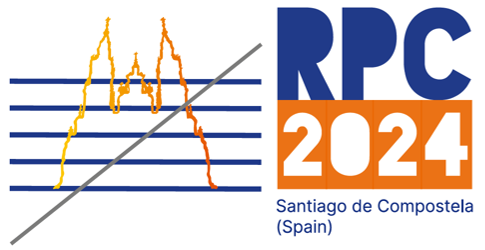Speaker
Description
The phase-out of Hydro-fluorocarbons, due to their high Global Warming Power, affecting the main gas used in Resistive Plate Chambers (RPCs), tetrafluorethane C2H2F4, has increased pressure on existing systems and imposes strong restrictions on its use in new systems. A possible solution to the problem is the substitution of this gas by others with a much lower Global Warming Potential.
But there could be another possibility, which is the construction of sealed chambers, i.e. chambers that do not need a continuous gas flow to operate (in a similar way to Geiger-Muller counters). This possibility would allow continuing to use HFCs or eventually other types of gases that are already banned. It would also greatly simplify the detector, not requiring the complex and expensive gas systems normally used. This simplification could be very relevant for the use of this type of technology outdoor.
After an initial development in the laboratory, the first practical use of this technology in the Scatter Neutrino Detector (SND@LHC) is described in this work. A telescope composed of four planes of sealed RPCs has been installed in front of the SND detector to measure the muon flux, the main background source of the experiment. The most relevant parameters in the continuous operation of the detector will be presented, showing no evident differences with RPCs operating in continuous gas flow, demonstrating the possibility of using this technology, over several months and exposed to a low particle rate of around a few Hz/cm².

